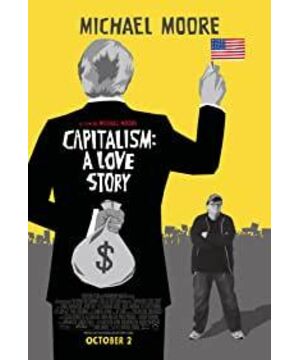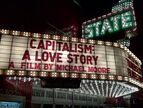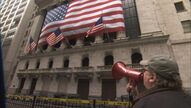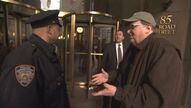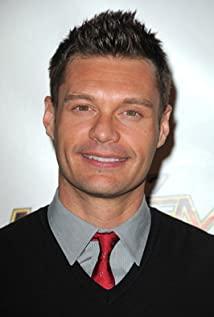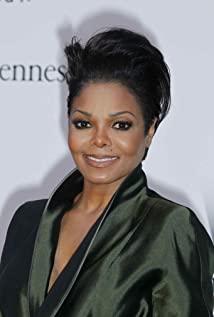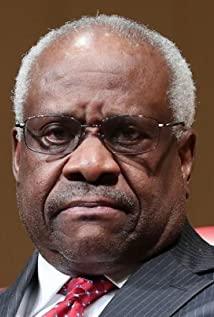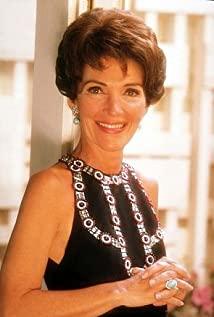What I like more is that the two proletarian revolts that Moore filmed ended in the way that I defeated the enemy and retreated - it can be seen that imperialism is really a paper tiger. After the appearance of P-olice, there was no physical conflict with the people. Everyone's mood was relatively stable, and their posture was a little milder. The president showed support on TV, and religion also sent care. Ordinary people responded with sympathy. Some of the pictures are even warm enough to be featured in Reader's Digest. Although the American people are living in dire straits, at least they will not suffer bloody rain. This is comforting.
Moore looked at the fighting crowd with sympathetic eyes, and cursed why it was not the oiran on Wall Street who stood on the roof looking up at the rescue helicopter, but the poor who had been struggling at the bottom. He is emotional, firm, and fighting spirit. From "Fahrenheit 911" to this film, the dead fat man has grown a lot, but his position has not changed, attacking Bush ZF and speaking for the people. I don't know how the fat man is in a show. When I see this film, I don't share the same hatred with him. Instead, I want to sigh that the construction of the Four Modernizations is so long. I also want everyone to hold a sign together, saying: We workers have strength! Ask the executives: Are you ashamed?
Don't be ashamed!
View more about Capitalism: A Love Story reviews


